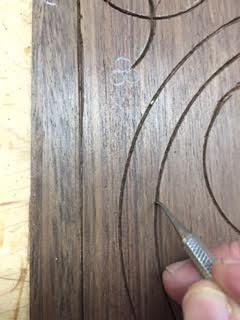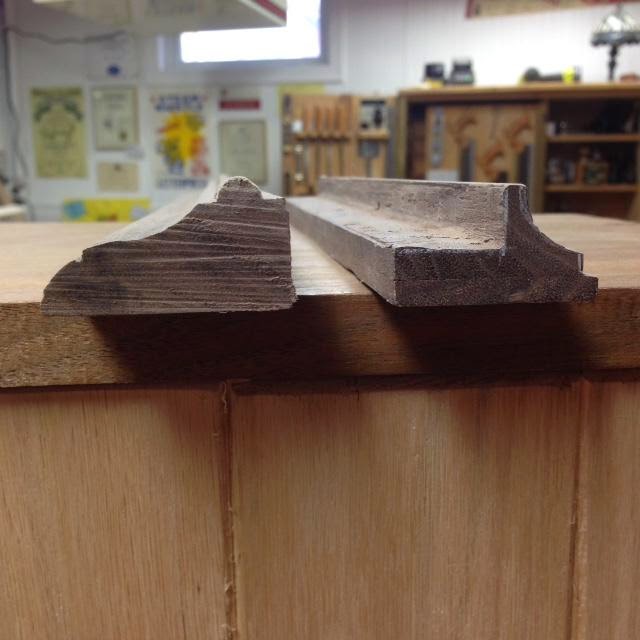A Name Change, A New Look, and an Unplugged Approach to Woodworking
After over 30 years of building various styles of furniture using mostly power tools, jigs, fixtures, etc. I've decided to pull the plug in my shop. I was given a Stanley block plane that was rather dull. I had no idea how to sharpen it. Went to a local Woodworking Show and bought a Tormek Sharpening System, sharpened that blade, and never looked back. To me, that one sharp tool opened the door to a handful of wonderful tools. now I do my blades with Arkansas stones and oil, works great every time.
Over time I started to use more hand tools and saws in my work but always relied on the table saw band saw, and planer for that 'quick' sizing of stock. I've though about this unplugged approach for a while and I found the inspiration to make the move after reading Tom Fidgen's books and most recently Joshua A. Klein's Mortise & Tenon magazine to unplug, take the time to feel more connected to my work. With a few exceptions, it h make the as always been more the journey than the destination, I suspect this to be no difference. I'm looking forward to it.
The plan is to first move anything with a plug out of the shop to the other side of the wall. I will have my Shaker Bench I built, a nice carving bench I purchased years ago, and will reorganize the saw till, plane till, and get everything relocated in one area that is easy to reach. I have a project from Tom's book to start on as well as finishing the Spice Cabinet shown in other posts.
My inspiration and guidance during this next phase of my journey will be the M&T Manifesto. The seven tenants summarize the distinctive and vision of Joshua's publication. You can find a description of each one in the first issue, you will be inspired.
I have started to clean up some of the posts from the past but will keep those posts that were not fully unplugged.
Over the next few post I'll keep you updated on the progress.




















